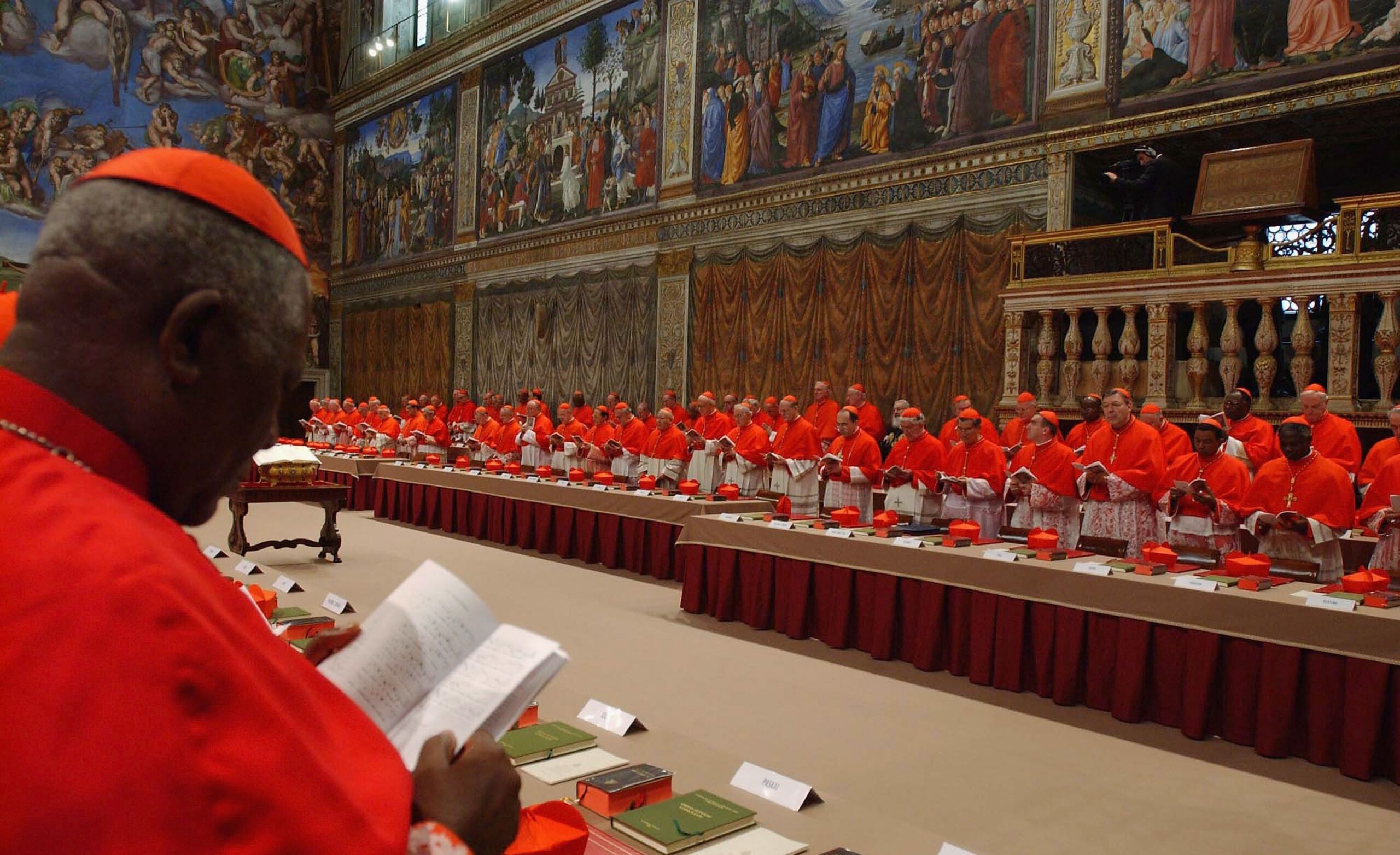With the passing of Pope Francis early this morning comes a series of rituals, including nine days of funeral rites. And between 15 to 20 days of his death is the conclave, when the College of Cardinals comes together to choose who will be the next leader of the Roman Catholic Church.
This arcane process is named for the Latin cum clave or “with key.” While what goes on during the conclave is known only to the participating 138 Cardinals who sign an oath of secrecy, what we do know is that it’s held inside the Sistine Chapel, and from that chimney, we’ll see the famous white smoke once a new pope has been chosen.
Once the Cappella Magna, the Sistine Chapel is in the Apostolic Palace and was so named between 1477 and 1480. It has always been intended for Papal functions, though the Chapel is probably best known for its frescoed interiors: the Life of Moses and the Life of Christ painted by Sandro Botticelli, Cosimo Rosselli, Pinturicchio, Domenico Ghirlandaio, and Pietro Perugino.
But it’s really the ceiling we know best, and the Stories of Genesis, by Michelangelo Buonarroti. Work began on the ceiling in 1508, under Pope Julius II della Rovere (1503 to 1513) and includes nine panels (each broken into three parts). Per the Museum of the Vatican:
“The first three episodes (Separation of Light from Darkness: Genesis 1: 1-5; Creation of the sun, moon and planets: Genesis 1: 11-19; Separation of Land from Sea: Genesis 1: 9-10) dominated by the figure of God, Creator of the Universe, are followed by those of the Creation of Adam (Genesis 1: 26-27) and of Eve (Genesis 2: 18-25), with the figures of man and woman in their nakedness, the symbol of innocence (Genesis 2: 25) which will be lost with Original Sin (Genesis 3: 1-13), shown in the next panel together with the resulting Banishment from the Garden of Eden (Genesis 3: 22-24). The last three frescoes (The Sacrifice of Noah: Genesis 8: 15-20, The Flood: Genesis 6: 5-8, 20, The Drunkenness of Noah: Genesis 9: 20-27) show the fall of mankind and its rebirth with Noah, chosen by God as the only man to be saved for repopulating the earth after the Creator had decided to destroy every living creature in it because of human evil.”
It was later, in 1535, that Michelangelo returned to work on the altar wall, and the Last Judgment, which is said to have taken the then over 60-year-old artist around four years to complete.
Taken together, the interior is considered one of the most important works of Western art. (For those who have not been, a virtual tour is available online, through the Vatican Museum website.)
It’s to this setting that the conclave unfolds. A new pope is chosen when he has a two-thirds majority. If there’s no majority, ballots are burned (and chemicals are used to color the smoke; before chemicals were available it was wet or dry straw); black smoke emerges from the chimney and the process begins again. But it can’t go on endlessly. If after 30 ballots there’s no clear winner, the choice is made based on whoever has the most votes–a simple majority.




